Celebrate spring by planting a mound of aromatic goodness at Agrocité!
The entrance to the garden has been prepared to accommodate a selection of aromatic and medicinal plants. The mound is a perfect spot for these kinds of plants as they need more heat and drought than other plants, and the slope will allow us to create different environments to suit our companions of a thousand smells!
Come and join us in planting ans sowing thyme, rosemary, lavender, sage, parsley, coriander, sorrel, comfrey …
Entry free and open to all!
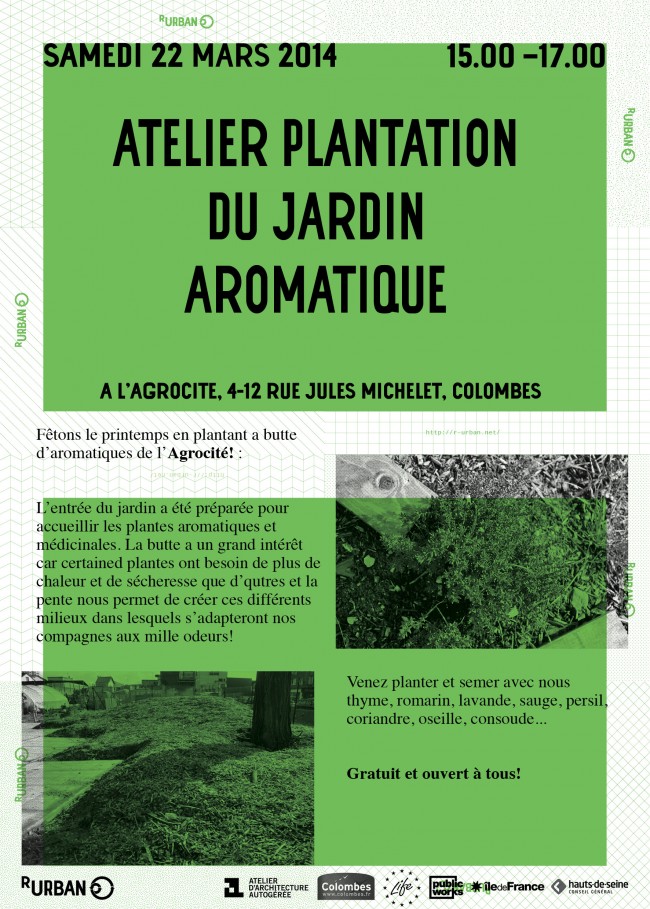
posted 2014-03-19 13:47:15
QuoiEco-Commun #4
QuiKatrin Bohn and aaa
OùMichelet Garden and CSC Fosses Jean
QuandJune 16, 2012
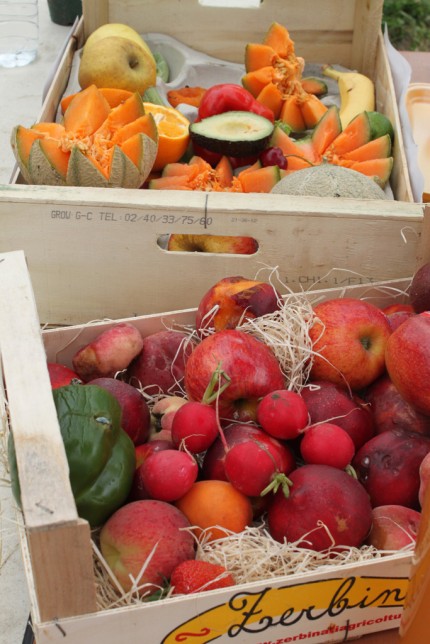
For this Eco-Commun # 04, we received Katrin Bohn . She is a researcher and architect working particularly on the notion of urban agriculture, and also head of the Department of City and Energy of the Urban Institute in Berlin (ILAUP ). She came to the garden Michelet explain the concept of CPULs, (Continuous Productive Urban Landscapes), she has developed with Andre Viljoen. The open spaces are CPULs throughout cities, through the built environment seamlessly, thereby connecting all forms of existing green spaces in city centers, and making the link with the surrounding rural areas. The CPULs can be open green spaces and can possess an economical, social and environmental productivity.
The CPULs do not exist yet. However, many forms of urban agriculture already exist, just like what we have developed together in the Michelet garden: urban farms, market gardens, vegetable gardens, shared gardens etc..Such structures are, so far, isolated components of future CPULs that could be connected to a regional network of green spaces more widely available, giving them more urban coherence.
Thank you Katrin and thank you to everyone who came to listen!
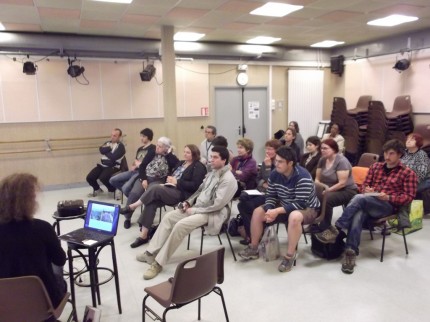
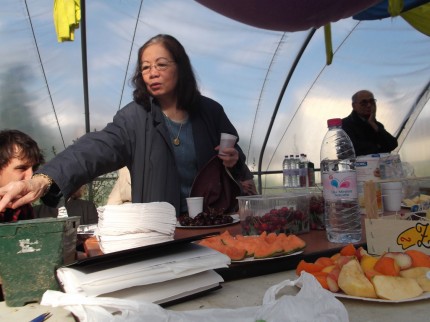
posted 2012-07-21 10:52:27
Quoicollective workshop
Quiinhabitants of Colombes, Yvon of Ecology Nature and aaa
OùMichelet garden
QuandApril 28, 2012
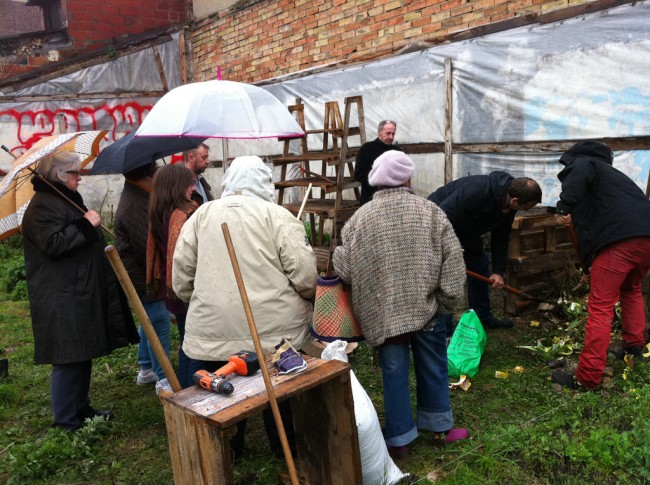
This last Saturday, despite the rain, you came in great numbers to participate in the compost workshop. For the occasion, we received Yvon, master composter from Nature Ecology . He has given us the recipe for good compost: the secret is in the balance between green waste and brown waste. The green waste is of nitrogenous matter (vegetable peelings, grass, cut flowers) while the wastes are brown on the other very rich in carbon (untreated cardboard, small wood, coffee grounds). Thus, we followed this basic rule to form the compost from the Michelet garden: we had green waste from the Marcellin Berthelot market, peelings from a Cameroonian restaurant nearby, and what each had set aside during this week in anticipation of workshop. For balance, we asked the cafe across the street to give us his coffee waste and we had gleaned cartons and branches of vines, which were the brown waste. In the afternoon we also saw a new manufacturing equipment for the garden: a composter in pallets, with three compartments, one of which already completed, so the result of this workshop was very informative.
Remember, the compost is manufactured in the long run, your various peelings are always welcome!
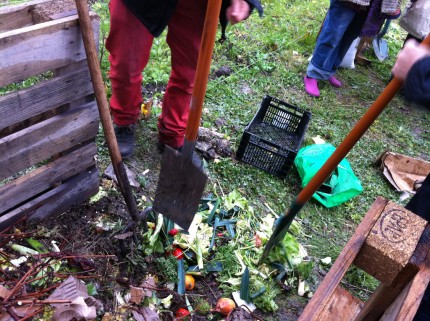
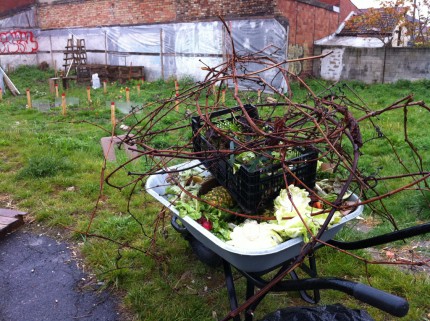
posted 2012-07-21 10:29:42









